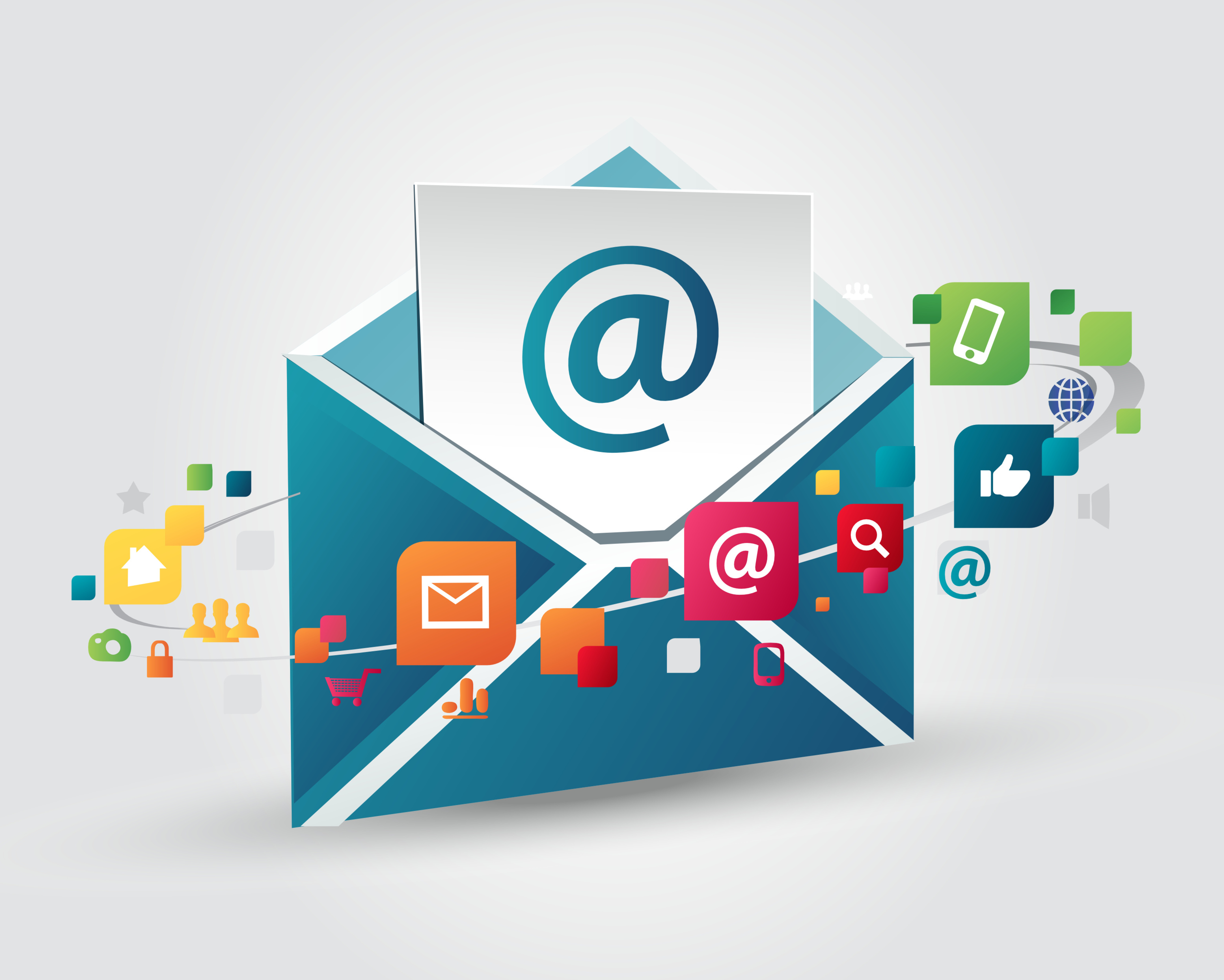“Content marketing is a strategic marketing approach focused on creating and distributing valuable, relevant, and consistent content to attract and retain a clearly-defined audience — and, ultimately, to drive profitable customer action.”
It is all well and good developing programmes to drive sales and revenue, after all that’s what most brands are looking at as ROI from email. However, in this day and age where email is the most widely used form of communication with customers and prospects, is that enough? In my opinion it’s not.
What are you doing to differentiate yourself from everyone else in the inbox? What’s going to make you stand out?
There was a reason a subscriber took the time to sign up to your brand, why was that? They wanted something from you – were they interested in your proposition or product? Or was it all about your brand? Probably the first right?
So how do you get them interested and engaged in your brand? With content, that’s how.
There are different types of content you can use, so where do you start? Answering the question as to why the subscriber signed up and what they want is a great place.
What expectation does the sign up box/page on your website give?
- Regular updates/tips
- Member only information
- Exclusive deals
- Offers and discounts
If you’ve incentivised someone to signing up, or promised certain content, then you’d better follow through on that or you’ll find they’ll quickly be hitting that unsubscribe button.
In my mind subscribers sign up based on what you’ve offered, and that would be what they want from you. However, how can you be sure what you’re sending them is what they want? Lets not forget how fickle we humans can be and how often we change our minds. The best way I’d say you can qualify this is by simply asking them.
Very soon after someone new has subscribed to your email list, you’ll want to reach out to them to begin building your relationship. This is the perfect time to start with some valuable content, setting the expectation for what they’ll be receiving from your brand and collecting preference information through a well-designed Welcome Programme andPreference Centre.
Be mindful when collecting preferences – make sure you can actually deliver the different types of emails and content. The last thing you want are subscribers that have told you what they want and then don’t get it; a sure way to increase your unsubscribes.
Now that you know what your subscribers want from you, how are you going to deliver this? I have seen many brands use a hybrid approach and combine a newsletter with a sales email. Personally I believe these should be kept separate; once you combine these two types of email you are taking away from one CTA or the other. To me, it’s best to send a newsletter that contains news, with the main CTA being to drive traffic to the website and build a brand affinity – this is where your best valuable and relevant content should go.
Depending on your brand and industry, like travel or fashion for example, you may find that you have an abundance of content to share, and that’s great. There’s inspirational and informative content about where next to take your holiday or what’s trending right now with the latest A-lister wearing this winter’s coat.
For some though, this can be seen as challenging. What if you don’t have lot of engaging content? What if your product is more functional? For brands like this, user generated content (UGC) can be very useful. UGC can come in different forms – social posts, product reviews or customer forums for example. This content can be extremely valuable; who better than your customers and their peers to provide recommendations?
In summary, having a content strategy to go along with your sales and offer-led programmes can deliver great value to you. Receiving engaging and relevant content will keep your subscribers engaged with your emails, your brand in their minds and emails in their inboxes. Therefore, you have greater opportunity to get the right offer in front of them at the right time so they make the purchase.
Resources: marketingtechnews.com
